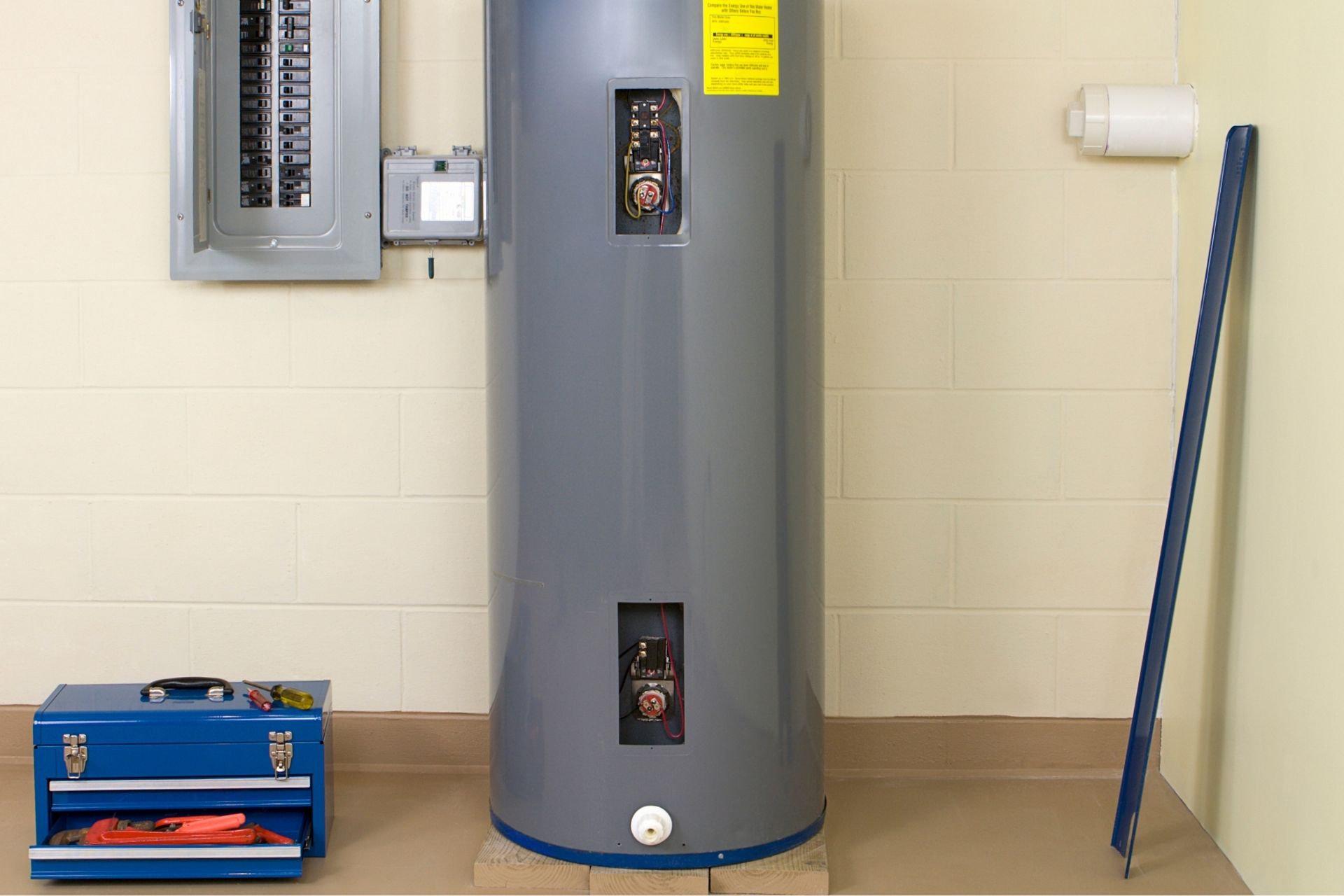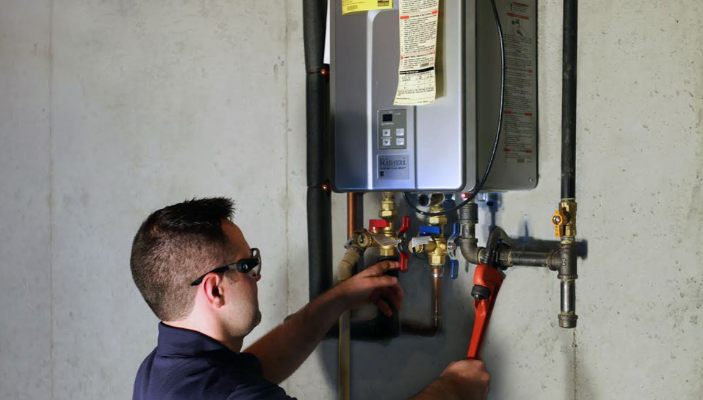Specialist Guidance for Caring for Your Home's Hot Water SystemExpert Guidance on Caring for Your Home's Hot Water System
Specialist Guidance for Caring for Your Home's Hot Water SystemExpert Guidance on Caring for Your Home's Hot Water System
Blog Article
Just about everyone seems to have their unique theory in relation to What Kind of Maintenance Do Water Heaters Need?.

Warm water is essential for daily convenience, whether it's for a revitalizing shower or cleaning dishes. To ensure your hot water system runs efficiently and lasts much longer, normal maintenance is essential. This article supplies functional tips and understandings on exactly how to keep your home's hot water system to stay clear of interruptions and expensive fixings.
Introduction
Keeping your home's hot water system could seem complicated, but with a few basic actions, you can ensure it runs efficiently for years ahead. This overview covers whatever from understanding your hot water system to DIY maintenance ideas and recognizing when to call expert assistance.
Value of Keeping Your Hot Water System
Regular maintenance not just expands the lifespan of your warm water system yet additionally ensures it operates effectively. Ignoring maintenance can cause lowered performance, greater power expenses, and also premature failure of the system.
Signs Your Hot Water System Needs Maintenance
Recognizing when your warm water system requires interest can avoid major issues. Look out for signs such as irregular water temperature, unusual noises from the heater, or corroded water.
Purging the Hot Water Heater
Flushing your water heater removes debris accumulation, improving performance and prolonging its life.
Monitoring and Replacing Anode Rods
Anode rods stop corrosion inside the container. Checking and replacing them when worn out is vital.
Complicated Concerns Needing Professional Help
Examples consist of major leakages, electrical troubles, or if your water heater is consistently underperforming.
Regular Professional Upkeep Conveniences
Expert upkeep can include thorough assessments, tune-ups, and ensuring compliance with safety requirements.
Evaluating and Adjusting Temperature Settings
Readjusting the temperature setups makes certain optimal performance and safety and security.
Do It Yourself Tips for Maintenance
You can carry out a number of upkeep jobs on your own to maintain your hot water system in top problem.
Looking for Leakages
Regularly examine pipelines and links for leakages, as these can bring about water damage and higher expenses.
Comprehending Your Warm Water System
Before diving right into upkeep tasks, it's practical to comprehend the basic components of your hot water system. Normally, this consists of the water heater itself, pipes, anode poles, and temperature level controls.
Month-to-month Maintenance Tasks
Regular monthly checks can help catch minor problems before they escalate.
Evaluating Pressure Alleviation Valves
Testing the stress relief valve ensures it functions properly and avoids excessive stress build-up.
Shielding Pipelines
Shielding warm water pipelines minimizes warm loss and can save energy.
When to Call a Professional
While do it yourself maintenance is beneficial, some issues need expert know-how.
Final thought
Routine maintenance of your home's warm water system is crucial for performance, long life, and expense financial savings. By complying with these tips and recognizing when to look for expert help, you can guarantee a dependable supply of warm water without unanticipated disturbances.
How to Maintain an Instant Hot Water Heater
Before tinkering with your hot water heater, make sure that it’s not powered on. You also have to turn off the main circuit breaker and shut off the main gas line to prevent accidents. Also turn off the water valves connected to your unit to prevent water from flowing into and out of the appliance. 2. When you’re done, you have to detach the purge valves’ caps. These look like the letter “T” and are situated on either side of the water valves. Doing so will release any pressure that has accumulated inside the valves while at the same time avoid hot water from shooting out and burning your skin. 3. When the purge valves’ caps are removed, you have to connect your hosing lines to the valves. Your unit should have come with three hoses but if it didn’t, you can purchase these things from any hardware or home repair shops. You can also get them from retail stores that sell water heating systems. Read the user’s manual and follow it to complete this task properly. When the hosing lines are connected, open the purge port’s valves. 4. You should never use harsh chemical cleaners or solutions when cleaning your unit. Make use of white vinegar instead. It should be undiluted and you’ll probably use about 2 gallons. 5. Now flush your water heater. This task should probably take about 40 minutes. We can’t give you specific directions for this because the procedure is carried out depending on the type, model and brand of your heater. With that being said, refer to the user’s manual. 6. When you’re done draining the unit, you have to turn off the purge port valves again. Remove the hosing lines that you earlier installed on each of the water valves. Put the valve caps (purge port) back in their respective places and be very careful so as not to damage the rubber discs that are found inside these caps. 7. Now that everything’s back in place, check your user’s manual again to find out how to reactivate your water heating system. 8. Once it is working, turn one of your hot water faucets on just to let air pass through the heater’s water supply pipes. Leave the tap on until water flows smoothly out of it. https://www.orrplumbing.com/blog/2014/september/how-to-maintain-an-instant-hot-water-heater/

As a keen person who reads on How to Maintain a Hot Water Heater in a Few Simple Steps, I assumed sharing that topic was smart. For those who liked our article please don't forget to pass it around. Many thanks for taking the time to read it.
Call Today Report this page